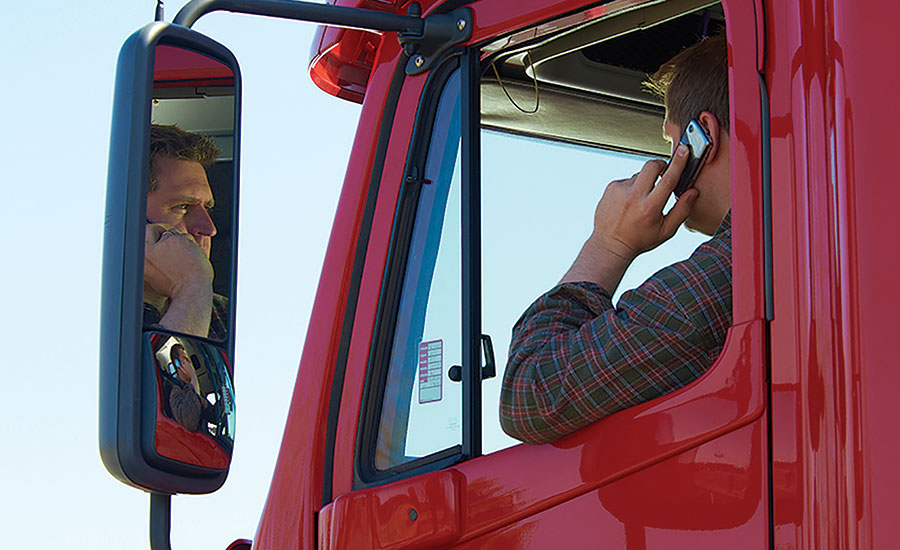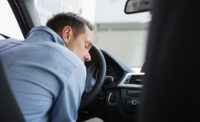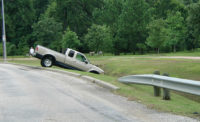Multitasking is a word that is used frequently to describe our abilities to do more than one thing at a time. Many of us take pride in being able to multitask and are quick to state our skills with this trait.
Originally, the word multitasking was used to describe the performance of multiple tasks by a computer at one time, proving that the word itself is not that old. Prior to the invention and use of the word “multitasking,” we used words and phrases such as “juggling responsibilities,” “wearing more than one hat,” and “walking and chewing gum at the same time.”
When drivers choose to take part in non-driving related tasks, or multitasking, the odds for being involved in a crash increase to very dangerous levels. Willingness to tend to these matters is a choice drivers make to mix lifestyle issues with professional issues. Having the self-discipline to delay these distractions until the driving demands are low is the sign of a true professional driver and an example for drivers of all types of vehicles to follow.
Distracted driving is not caused by an item or advancements in technology. Rather, it is caused by the driver choosing to take a higher risk by engaging in multitasking, a risk far greater than walking and chewing gum at the same time.
Common tasks vs. common sense
With the accepted use of cell phones, tablet devices, laptop computers, and many other text-oriented electronics, including GPS navigation systems and dispatch programs, the risks for involvement in an accident have increased dramatically. Participants in a study sponsored by the Federal Motor Carrier Safety Administration analyzed what the likelihood is, while driving, for various distractions to cause a crash.
First of all, the study defined distracted driving as attending to tasks not directly related to operating the vehicle. To clarify this, reading an instrument panel or dashboard that has been installed by the manufacturer of the vehicle, along with reading road signs for instructional or directional purposes were not considered distractions. These activities were considered part of safely operating the vehicle.
If operating a CMV (commercial motor vehicle) is the primary task, and the main purpose of participating in this profession, what kinds of circumstances can cause distractions and what is their effect on the primary task?
There are three types of secondary tasks the FMCSA’s study identified as behaviors that increase the risk of crash involvement.
Simple Tasks — Examples of simple secondary tasks included adjusting a radio or other vehicle-manufactured devices, talking to a passenger(s) in an adjacent seat, talking or singing with no passenger present, drinking, smoking, and thinking. As a group, these simple secondary behaviors were not found to increase the risk of a crash.
Moderate Tasks — Moderate secondary behaviors, such as talking and listening on a hand-held device, reaching for objects, grooming and other hygiene activities, eating, and looking at something outside the vehicle increased the crash risk 1.3 times compared with no secondary behaviors.
Complex Tasks — Complex secondary behaviors included dialing a handheld device; locating, reaching, and answering a hand-held device; reading, live animals or insects in the vehicle; and reaching for a moving object. As a group, drivers engaged in complex secondary tasks were 2.1 times more likely to be involved in a crash than drivers who did not perform these tasks.
The U.S. Department of Transportation (DOT) made it law a few short years ago that all interstate drivers of commercial motor vehicles and all intrastate CMV drivers hauling a placardable amount of hazardous materials cannot use a handheld mobile phone while driving.
Now, before the thought of “another example on how the government interferes with my life” races through your mind, let’s understand what this ruling is saying. First of all, the phrase, “Use a handheld mobile phone” means:
• Using at least one hand to hold a mobile telephone to conduct a voice communication;
• Dialing or answering a mobile telephone by pressing more than a single button, or
• Reaching for a mobile telephone in a manner that requires a driver to maneuver so that he or she is no longer seated in a driving position and restrained by a seatbelt.
Distraction, whether it is voluntary or involuntary, reduces the driver’s situational awareness, decision-making and performance. Think of what it’s like when you suddenly notice a bee buzzing around your ears and your face as you are peacefully motoring eastbound on I-80. You are immediately distracted and remain distracted until you are sure that the bee no longer threatens your well-being (pun intended).
Of course, handheld cell phones cannot sting like a bee. But they certainly can cause you to become distracted enough to pose a safety risk. Using a handheld mobile phone while driving involves activities such as reaching for the phone, dialing the number, one hand holding the phone and the other hand on the steering wheel, and concentrating on the conversation rather than the highway.
A government distraction?
Possibly, your next thought is – “Why is the government only looking for ways to make life harder on truck drivers? Teenagers, businessmen, and businesswomen travel the highways all day long talking on their cell phones. Some are even texting, yet nothing is said or done about the dangers they can create!”
Much more is to be discussed on this matter and will ultimately have to be adopted by each state since the states have the authority over driver behavior. But just as the mandatory use of seatbelts was passed and is strictly enforced by law enforcement, don’t be surprised if a ban on cell phone use is imposed on all drivers in the near future. Texting while driving is already prohibited in many states.





